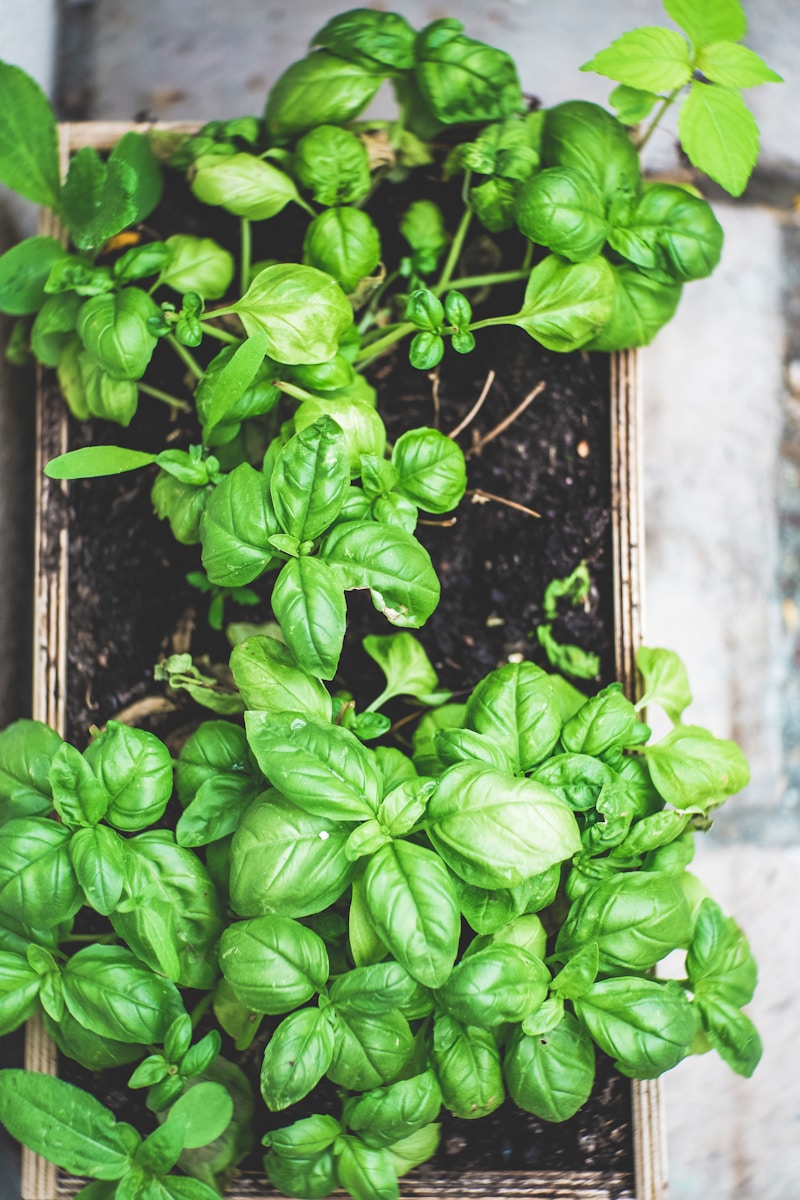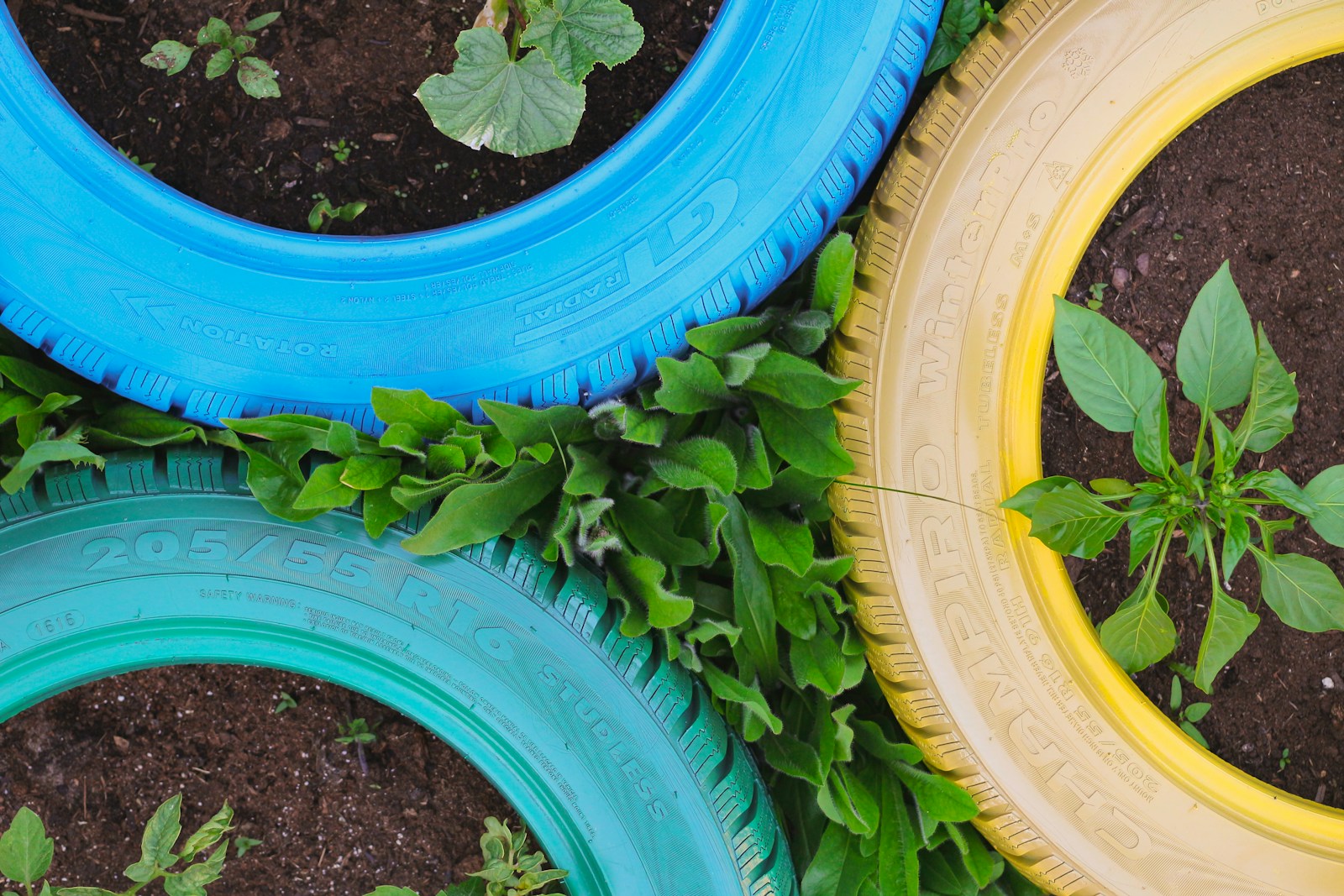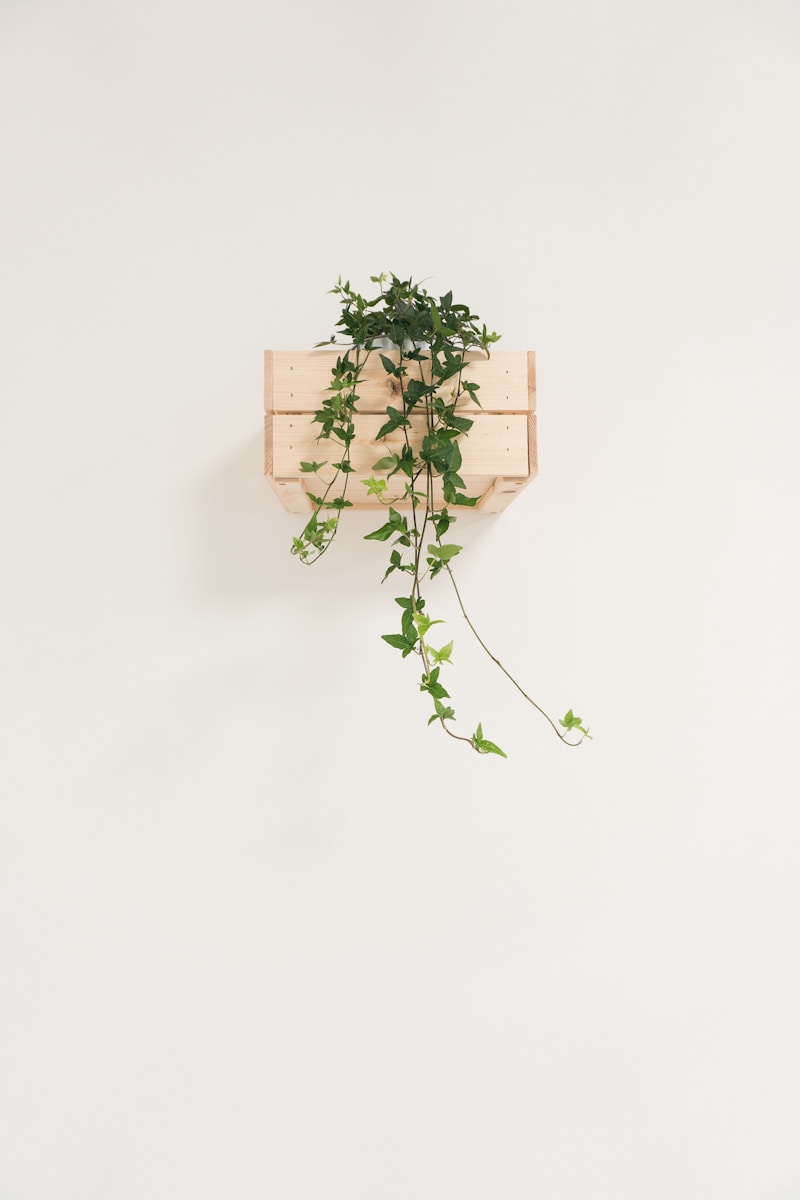Create a DIY Herb Garden for Your Kitchen
There’s nothing like snipping fresh herbs right from your kitchen windowsill. Whether you’re cooking up basil for pasta or grabbing mint for your tea, a DIY herb garden for your kitchen brings flavor, freshness, and greenery into your daily routine. Even better? You don’t need a ton of space to get started.
Pick the Right Spot
Choose a location with good sunlight—ideally near a south-facing window. Herbs need at least 4–6 hours of sunlight a day. If natural light is limited, consider using a small grow light to supplement.
Choose Easy-to-Grow Herbs
Start with beginner-friendly herbs that thrive indoors. Popular choices include:
- Basil
- Parsley
- Mint
- Chives
- Cilantro
- Thyme
- Oregano
Decide on Containers
You can use almost anything as a planter—just make sure it has good drainage. Mason jars, teacups, recycled cans, or small terracotta pots all work well. Add a layer of small rocks at the bottom to help with drainage if your container doesn’t have holes.
Use High-Quality Potting Mix
Regular garden soil won’t cut it for indoor herbs. Use a lightweight, well-draining potting mix that retains moisture without staying soggy. You can even mix in some compost for added nutrients.
Water Wisely
Overwatering is one of the most common mistakes. Let the soil dry out slightly between waterings. Herbs like basil need more frequent watering, while woody herbs like thyme and rosemary prefer drier soil.
Label Your Herbs
Keep track of what you’re growing with creative herb markers. Use chalkboard labels, wooden spoons, or painted stones to mark each pot—it adds personality and function to your setup.
Harvest Often
Frequent harvesting actually encourages more growth! Pinch off leaves regularly and remove any flowers that appear to keep the herbs focused on leafy production. Don’t harvest more than one-third of a plant at a time.
Rotate and Trim
Give your herbs a quarter turn every few days to keep them from leaning toward the light. Trim any leggy stems or discolored leaves to keep plants healthy and full.
Build a Hanging or Vertical Garden
If counter space is tight, think vertical. Hang small pots from a rod under your cabinets or use a tiered plant stand near a window. Pocket organizers, floating shelves, or wall-mounted racks also make great vertical gardens.
Try a Hydroponic Herb Kit
If you want a low-maintenance option, try a countertop hydroponic system. These kits use water and grow lights to provide optimal conditions year-round with little effort—perfect for busy home cooks.
Final Tips
- Sniff the soil—if it smells musty or sour, it may be overwatered.
- Keep herbs away from cold drafts or heating vents.
- Fertilize lightly once a month with a water-soluble organic fertilizer.
Conclusion
Creating a DIY herb garden for your kitchen is one of the easiest ways to bring freshness into your home. With just a little light, water, and love, you’ll have a year-round supply of flavorful herbs at your fingertips. It’s a simple, satisfying project that anyone can enjoy—no green thumb required.
Frequently Asked Questions
Do herbs need direct sunlight indoors?
Yes, most herbs prefer at least 4–6 hours of direct sunlight a day. A bright windowsill or grow light works best.
Can I grow herbs in mason jars?
Yes, as long as you manage drainage. Add pebbles at the bottom and water sparingly to avoid root rot.
How often should I water indoor herbs?
It depends on the herb and environment, but generally, water when the top inch of soil feels dry. Avoid soggy soil.
What herbs grow best indoors year-round?
Basil, mint, chives, parsley, and thyme are great year-round indoor growers with proper light and care.
How do I stop herbs from getting leggy?
Rotate pots regularly and trim frequently to encourage bushier growth. Legginess is often a sign of low light.
© 2025 GardeningandDecor.com. All rights reserved.



